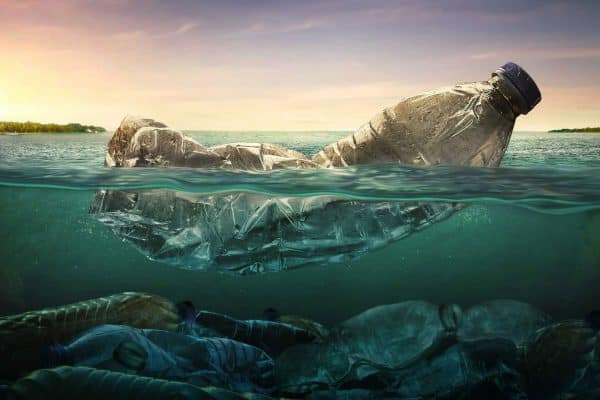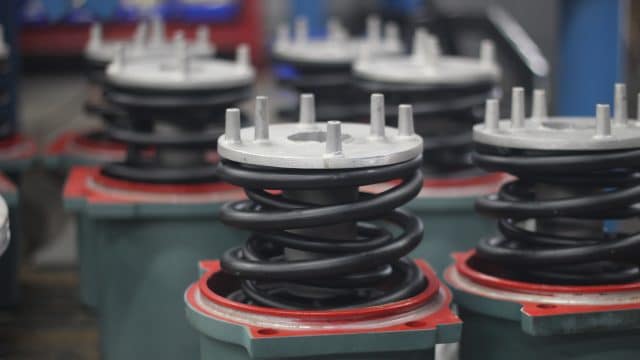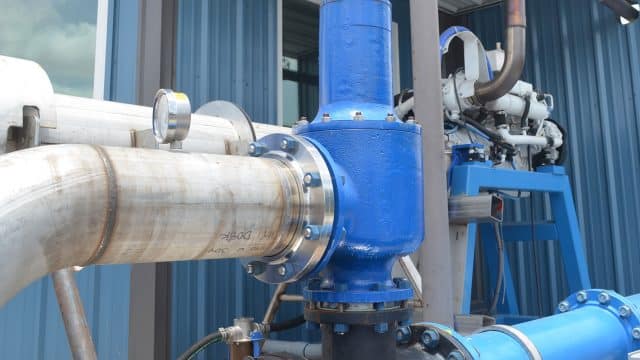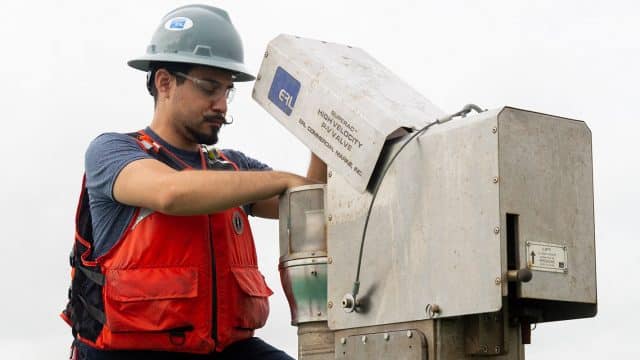It’s estimated that over 8 million tons of plastic contaminate our oceans yearly. Other environmental pollutants include illegal dumping and oil spills, to name a few. The Marine Environmental Protection Coast Guard works hard to benefit us all. The MEPCG takes active steps to prevent things that damage our environment. They’re the frontline against pollution, but also from muchRead More >
- Skip to primary navigation
- Skip to main content
- Skip to primary sidebar
- Skip to footer
- Skip to gdpr navigation






